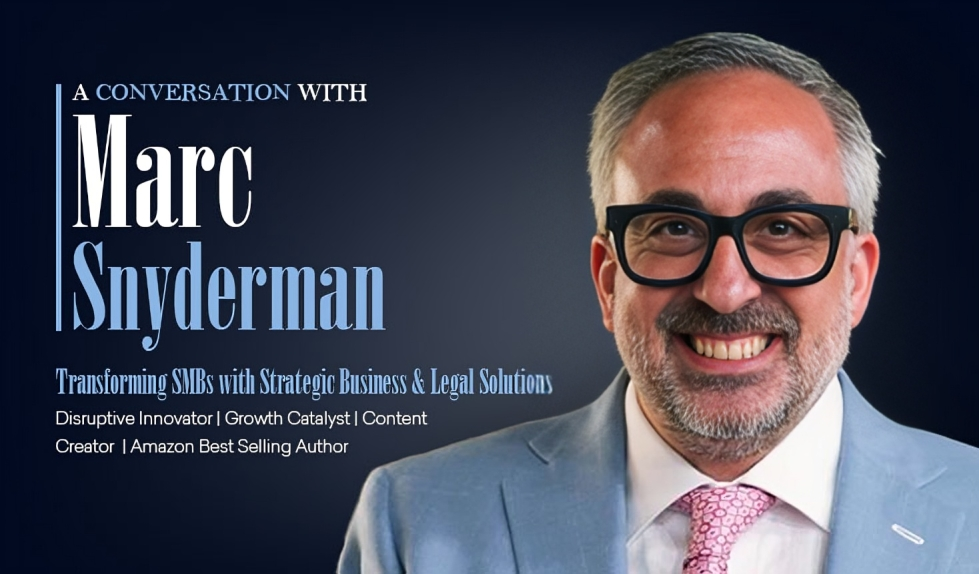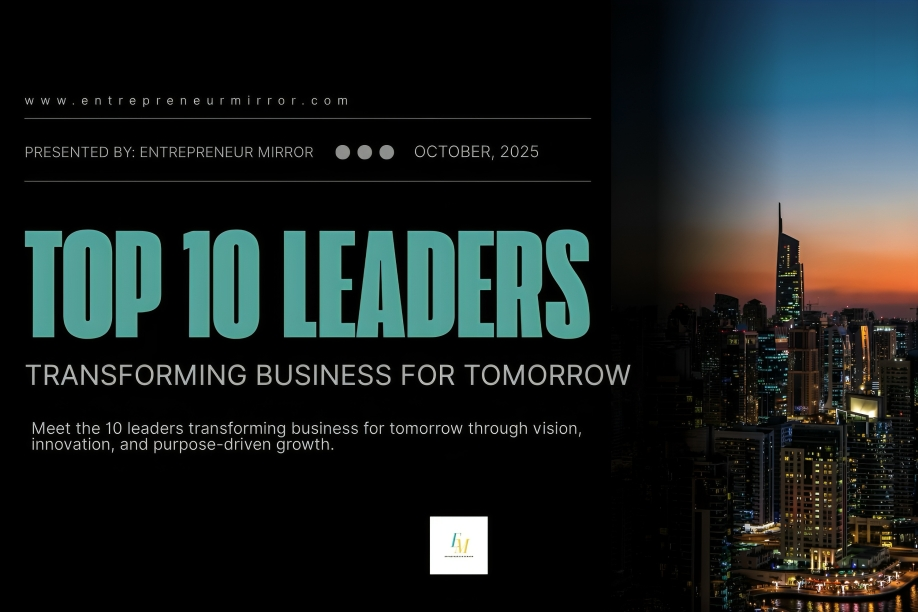Welcome to the future of the Internet! Over the past years, you may have encountered the term “Web3” or “Web 3.0.” But what exactly does it mean, and how does it differ from the familiar Web2? In the ever-evolving Internet landscape, Web3 represents a paradigm shift, a transformative leap forward from its predecessor, Web2. While Web2 introduced us to dynamic websites, social media platforms, and interactive applications, Web3.0 revolutionised our digital existence in unprecedented ways.
The convergence of cutting-edge technologies propels the Internet into a decentralised, user-centric, and open era. In this post, prepare to witness the potential of tokenisation, where tangible and intangible assets are seamlessly represented and traded as digital tokens, fostering a new era of ownership and economic empowerment as we explore in detail what web3 is.
The Evolution of the Web
It is essential to comprehend Web3 technology fully. Web1 marked the early internet era, allowing users to consume information. Then came Web2, where users could contribute, share, and collaborate. Now, we stand on the cusp of Web3, a paradigm shift that promises to revolutionise the internet.
Web3 Meaning and Definition
Web3, or Web 3.0, can be defined as the next generation of the internet that empowers users with more control over their data, digital assets, and online identities. To understand Web3 meaning, you should know that It aims to create a decentralised, user-centric, and open web by harnessing blockchain, decentralised networks, and cryptographic technologies.
Key Technologies of Web3
Web3 is built upon several transformative technologies that enable its decentralised nature. Blockchain technology, the underlying foundation of cryptocurrencies like Bitcoin and Ethereum, plays a pivotal role in Web3 by providing transparency, security, and immutability. Decentralised networks and protocols, such as IPFS (InterPlanetary File System) and Solid, ensure data integrity and user privacy.
Smart Contracts and Web3
Smart contracts are self-executing contracts with predefined rules encoded on the blockchain. They are a fundamental component of Web3 technology, enabling trustless and automated interactions between parties. These contracts eliminate the need for intermediaries, streamline processes, and enhance security and efficiency.
Tokenisation and Digital Assets
Web3 introduces the concept of tokenisation, which allows the representation of physical and digital assets as blockchain-based tokens. These tokens represent anything from cryptocurrencies to digital art, real estate, and identity. Tokenisation democratises ownership and opens new possibilities for investment, trading, and creating unique digital ecosystems.
Decentralised Finance (DeFi)
Decentralised Finance, or DeFi, is a crucial aspect of Web3 that revolutionises traditional financial systems. DeFi platforms leverage blockchain and smart contracts to provide permissionless access to financial services like lending, borrowing, staking, and trading. DeFi aims to create a more inclusive, efficient, and transparent financial ecosystem by eliminating intermediaries.
Enhanced Privacy and Security
With decentralised networks and cryptographic technologies, users can have more control over their data. They can choose how their data is used, stored, and shared, reducing the risk of data breaches and unauthorised access. Web3 fosters trust and empowers individuals in the digital realm.
Web3 and the Internet of Things (IoT)
Integrating Web3 and the Internet of Things (IoT) holds immense potential. With Web3’s decentralised architecture, IoT devices can interact autonomously, securely share data, and execute transactions. This convergence paves the way for innovative applications such as smart homes, supply chain management, and autonomous vehicles.
Web3 and Digital Identity
Digital identity plays a vital role in Web3. Traditional centralised identity systems are often prone to vulnerabilities and data breaches. Web3’s decentralised identity solutions offer users ownership and control over their identities. Self-sovereign identity (SSI) and decentralised identifiers (DIDs) are key concepts within Web3’s identity framework.
Web3 Challenges and Future Prospects
While Web3 holds tremendous promise, it also faces challenges. Some needful hurdles include scalability, interoperability, regulatory frameworks, and user adoption. However, the potential benefits of Web3, such as increased privacy, data ownership, and innovative applications, make it a compelling force shaping the future of the Internet.
Web3 and Artificial Intelligence (AI)
Web3’s decentralised nature and enhanced privacy features can significantly impact the field of artificial intelligence.Web3 can train AI models on distributed data without compromising user privacy. This opens up collaborative AI research and development opportunities while protecting sensitive information.
Web3 in Social Media and Content Creation
Web3 has the potential to transform social media and content creation. It enables users to have ownership and control over their data, eliminating the dominance of centralised platforms. Web3-based social media platforms and content-sharing networks can incentivise creators and provide fairer monetisation models, fostering a more democratic and transparent digital ecosystem.
Web3 and Governance Systems
Web3’s decentralised architecture has implications for governance systems. Decentralised autonomous organisations (DAOs) allow collective decision-making and governance without centralised authorities. Web3 empowers individuals to participate in decision-making, creating more inclusive and transparent governance models.
Web3 and Education
Web3 technologies can revolutionise the education sector. Now we can store and verify educational credentials, ensuring trust and authenticity through tokenisation. Additionally, decentralising e-learning platforms can facilitate peer-to-peer knowledge sharing and incentivise learning achievements, making education more accessible and rewarding.
Web3 and Healthcare
Web3 holds great potential in the healthcare industry. Decentralised health records stored on the blockchain can ensure privacy, interoperability, and secure data sharing between healthcare providers. Smart contracts can automate healthcare processes, such as insurance claims and supply chain management, improving efficiency and reducing fraud.
Web3 and Sustainable Development
Web3 has the potential to drive sustainable development initiatives. By leveraging blockchain technology, transparent supply chains can be established, enabling traceability and accountability in sectors such as fair trade and responsible sourcing. Web3 can empower individuals and organisations to make ethical choices and contribute to a more sustainable and environmentally conscious future.
Web3 represents a paradigm shift that challenges the status quo of the internet. It promises a more decentralised, secure, and user-centric web experience. Through technologies like blockchain, smart contracts, and tokenisation, Web3 unlocks new possibilities for digital assets, finance, privacy, and various industries such as AI, social media, governance, education, and healthcare. As we embark on this journey into the future, let us embrace the opportunities and navigate the challenges to shape a web that empowers and enriches the lives of its users.
We must remember that the internet’s evolution never stops, and Web3 is just the beginning of an exciting new chapter in our digital lives.
Also Read:






























































